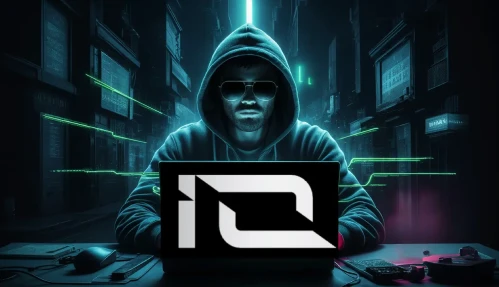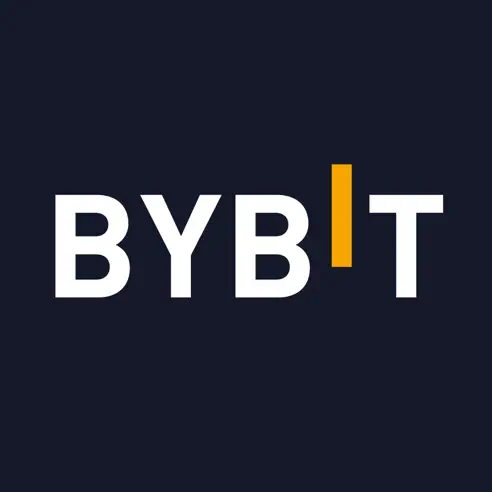O
n April 25th, io.net CEO Ahmad Shadid noticed an alarming development – the network was seeing an enormous spike of around 1.8 million fake GPUs attempting to connect. As the founder of the decentralized computing platform built on Solana, Shadid knew this was likely a spoofing attack designed to take advantage of io.net’s rewards program. The network rewards users who provide computing power via their GPUs, incentivizing growth. However, this abrupt surge in phantom GPUs was synthetic activity meant to illegitimately collect those rewards.

A Multi-Day Battle With Spoofers
Shadid swiftly prioritized identifying and blocking these fake devices. Over the next several days, the io.net team engaged in what Shadid called “a multi-day game of cat and mouse” as they worked to separate real computing power from spoofed accounts. It was a careful process of weeding out illegitimate actors on the network without accidentally banning genuine users. As their investigation and countermeasures unfolded, some short-term issues did occur on the platform. Network infrastructure and user interfaces experienced intermittent problems.
Transparency and Reassurance
On April 28th, Shadid took to social media to detail the whole ordeal in a transparent post-mortem. He acknowledged that flaws allowed the spoofing attack to happen and assured users the team was learning from mistakes. While GPU supply may be temporarily reduced as partners rejoin, Shadid stated the core network was functioning normally again. Most importantly, he reiterated that development timelines would not be delayed. A new rewards program was set to launch in early May, and the anticipated releases of io.net Cloud version 2 and $IO token were still on schedule.
Continued Growth Despite Bumps
In closing his detailed explanation, Shadid described the spoofing attack as “a painful lesson” but vowed it would only make io.net stronger. One executive added that notwithstanding issues, the platform still facilitated tens of thousands of computing hours monthly – a sign of steady growth. While attacks may occur again, transparency and resilience in the face of adversities will be important for any blockchain project. Through open communication and quick resolution, io.net appears to be navigating this speed bump skillfully. Users can be assured the network will march on in its development despite attempts to undermine it.










